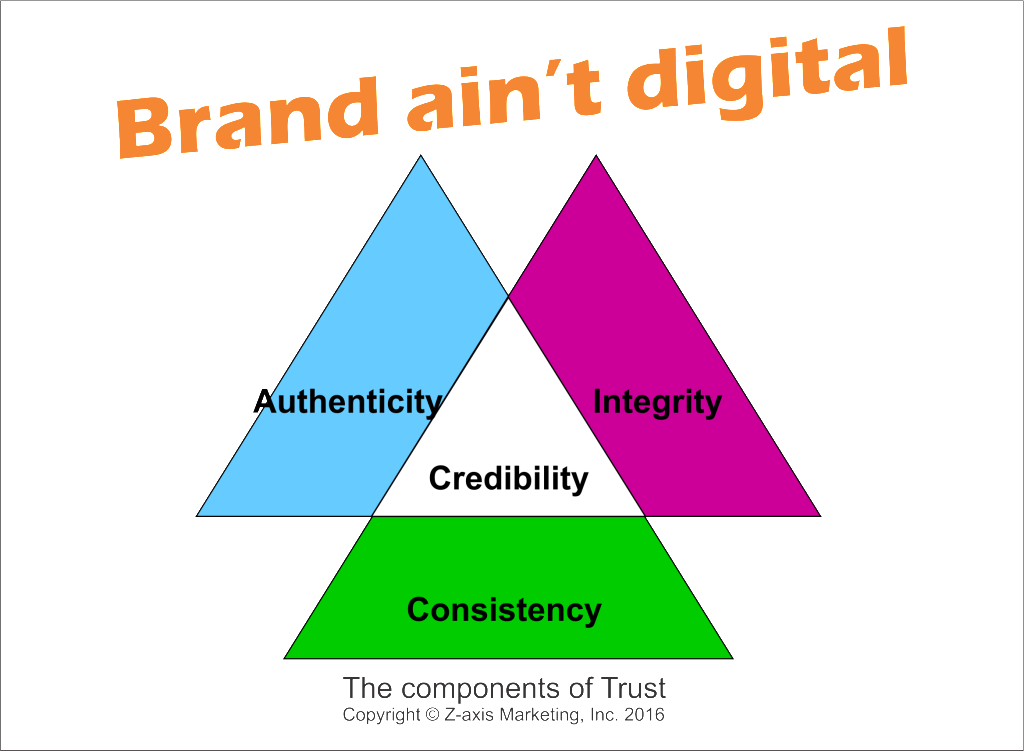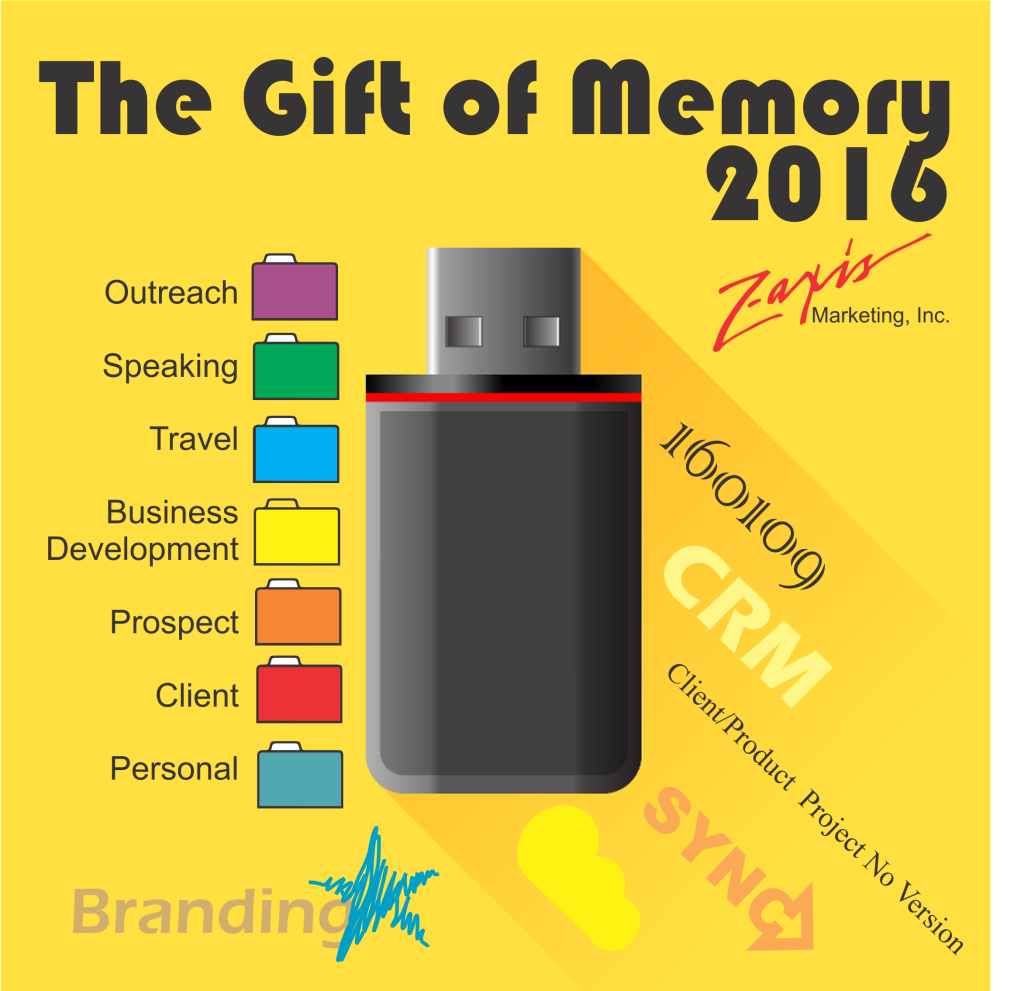Ben, a friend as well as a client said it over lunch, “Butterflies don’t have a choice.”
 We’d been talking about visualizing and positioning a non-profit he’s working with. The intent of the organization is to provide the necessary elements for a metamorphosis of the members.
We’d been talking about visualizing and positioning a non-profit he’s working with. The intent of the organization is to provide the necessary elements for a metamorphosis of the members.
All of us in the lunch bunch agreed that the word metamorphosis was a little too sophisticated for marketing purposes and as we talked we kept coming back to different interpretations of Ben’s statement.
Gail, our copywriter who has edited several non-fiction books said, “He’s right. The butterfly is the end result of a metamorphosis. It starts out as a caterpillar with a voracious appetite than wraps itself in a cocoon and when it emerges it is a winged jewel that flits about for a short time and then dies. It has no choice.”
The doctor of direct marketing, Rick injected, “But everything we do is about choice. In fact if there is no competition for something it is hard to make a marketing case for it. And even within the product or service being offered we build in choices in price, complexity, level of service, you name it. People want choice.”
Chris, our youngest member, a corporate digital director said, “But not too much choice. Have you noticed how pricing for just about anything on line has three or five levels and that is it. And more often than not the company that had five now has three. Our tests show that limiting the offering increases sales across the board.”
The sales doyen, Kate pulled her glasses off, squeezed the bridge of her nose and asked, “Ben, does any of that connect with what you meant?”
Ben replied, “Yes and no. I mean, what I was thinking about was the difference between a butterfly and a potential member. A butterfly is going to be one whether it wants to or not. The folks that might join us have to make a choice. They can continue lives of quiet desperation without the knowledge that can transform them or join us. If they want to change their lives to something more comfortable for them we can help. I think of them sort of like caterpillars that can join us, wrap themselves in the cocoon of education that we offer and emerge like a butterfly, a joy to themselves, the community of other members, and the world.”
I said, “That’s why I suggested the butterfly as a symbol for the group. Both of us thought it was right and that judgment has been verified in all of our discussions with the folks that are going to make it work. Most folks can’t come up with the M word but they all understand the idea of giving people the information they need to transform themselves when their lives have been disrupted either by choice or by chance.”
Rob our southern-friend brand guru chuckled and said, “Sounds to me like this choice thing is what you got to tell people about if’n y’all want to get ‘em to join up. ‘Minds me of a lady I once knew that had two or three butterfly tattoos flying up her back. She had a choice. And in my view it turned out right lovely.
You guys are offering folks a chance to go from a situation where they are struggling to one where they take flight. It ain’t the iridescent wings like the butterfly that’s important. The external doesn’t matter. It is the beauty they can find inside themselves that you offer. It is the ability to help them find the butterfly inside and help it take wing. Think about it in terms of an inner glow that your organization can fire up. That radiance lights up the world around the person that is transformed. Your benefit is a serene exhilaration for a new beginning. Their choice is whether or not they want to make the change.”
“And that is why we say Bubba is the Brand Guru. He understands the emotions that are at the heart of customer viewpoints,” I said.
The Takeaway
Don’t get trapped in the external symbols of a brand. The emotional content of your offer is what is remembered. How you say it is sometimes more important than the benefit you deliver.
Jerry Fletcher’s blog recaps conversations with clients, prospects and the unruly mob of business development professionals he consorts with. They discuss marketing that works from solopreneur to enterprise level. Jerry Fletcher is the ringleader and “Watson” of the dialogue. Sign up for the blog and other publications at: www.JerryFletcher.com/Profit.html
Jerry has been researching and implementing small business marketing that builds businesses, careers and lives of joy for 25 years as President of Z-axis Marketing, Inc. Learn more at www.JerryFletcher.com
Schedule a personal appearance. Jerry speaks internationally on Networking, Marketing and Contact Relationship Magic. www.NetworkingNinja.com



